Shell Shock & War Neuroses
Early in the war, doctors noticed that many soldiers who had been caught in shelling attacks suffered from an injury without a visible wound. They determined that an explosion which occurred near a soldier would have produced a great force that shook and damaged the brain. This was known as ‘shell shock’.
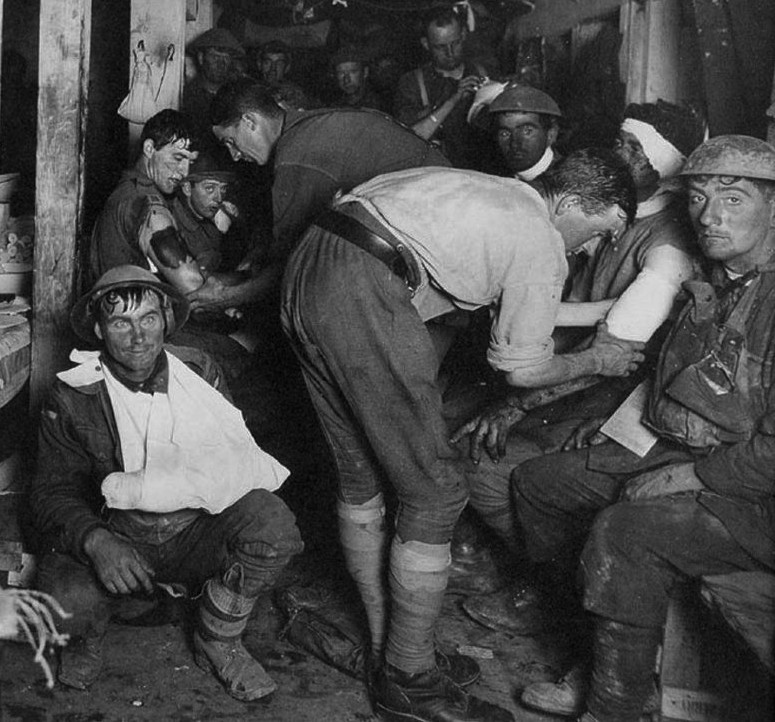
Australian Advanced Dressing Station near Ypres in 1917.
Yet as the war went on, doctors realised that many soldiers with shell shock symptoms had been nowhere near exploding shells. They believed that these soldiers were suffering from an emotional collapse because of the stress of the war. This type of condition was renamed ‘shell shock (sick)’.
Doctors at the time often believed that soldiers who suffered with poor mental health lacked will-power. Existing social prejudices influenced their thinking. Many believed that soldiers from a low social class, or who were Jewish, Irish, homosexual, or feminine were more susceptible to shell shock.
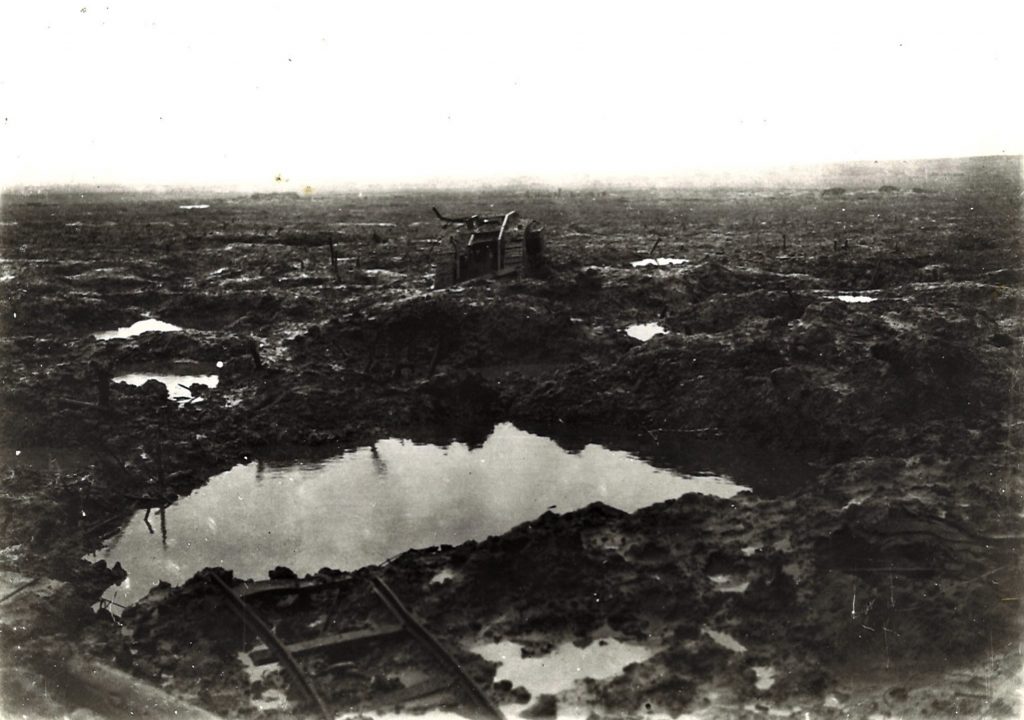
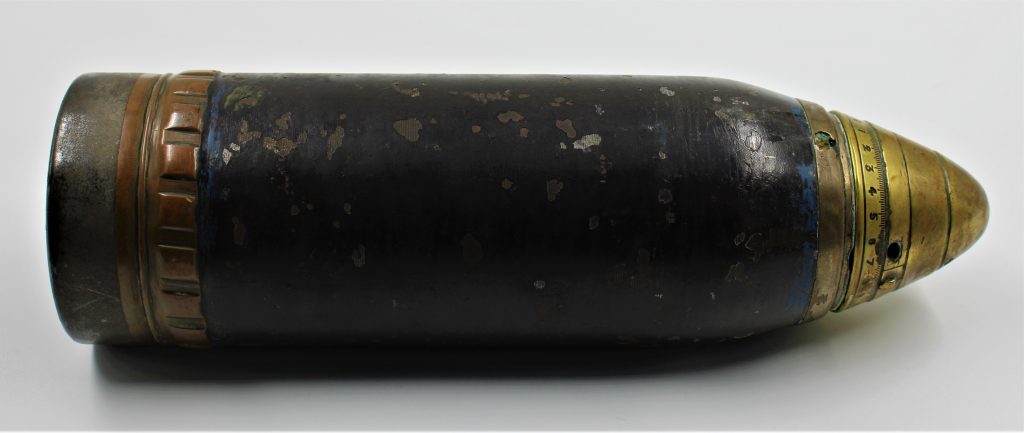
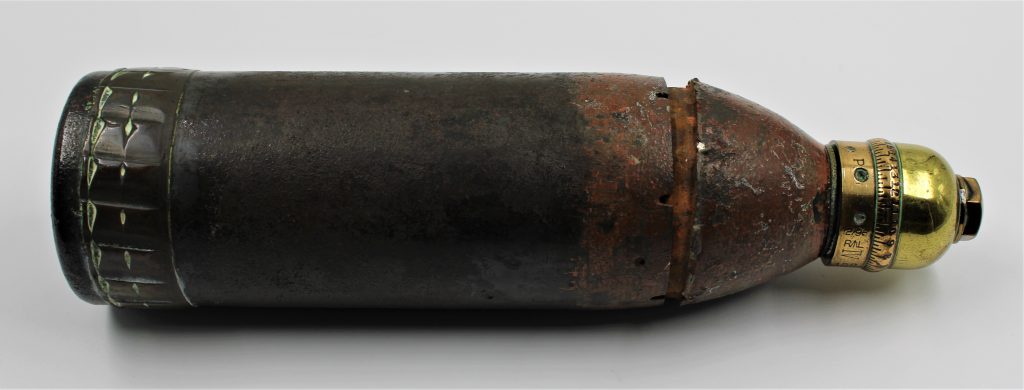
By 1916 over 40% of WW1 casualties were diagnosed with shell shock, with huge numbers appearing after the Battle of the Somme. By the end of the war, 80,000 cases had been recorded. Doctors and psychiatrists regularly diagnosed new variations of psychological disorders which presented themselves during the war, including ‘neurasthenia’ and ‘war neuroses’.

War correspondent Philip Gibbs wrote:
Something was wrong. They put on civilian clothes again and looked to their mothers and wives very much like the young men who had gone to business in the peaceful days before August 1914. But they had not come back the same men. Something had altered in them. They were subject to sudden moods, and queer tempers, fits of profound depression alternating with a restless desire for pleasure. Many were easily moved to passion where they lost control of themselves, many were bitter in their speech, violent in opinion, frightening.
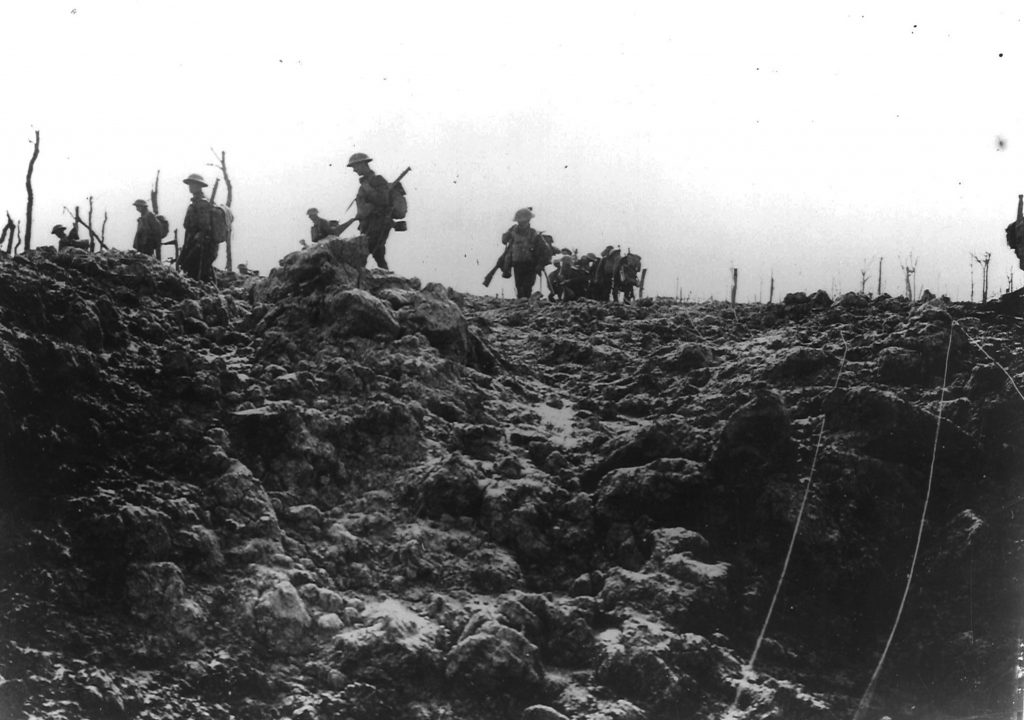
The war diary of John Polgrean (6 DCLI & 10 DCLI 1914-1918) reads:
“We had a quick call to the trenches at Pologon Wood […] and what an awful place it was. No trenches all shell holes. It was here that Stanley was no more. There were four of them in a shell hole and a shell burst and killed 3 of them. They found the remains of two of them, one being a leg which they thought was Stanley’s as it was tattooed and he was tattooed all over his body. The fourth man didn’t have a scratch on him but suffered shell shock and had to be sent back”
